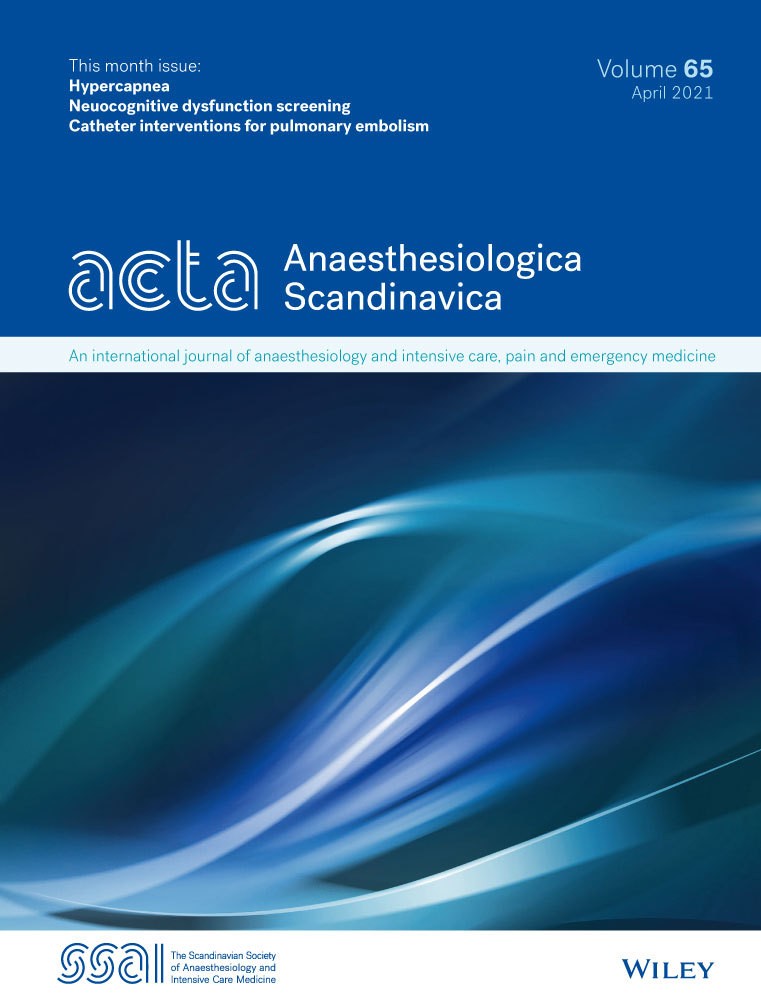
General anaesthesia versus spinal anaesthesia for fast-track total hip arthroplasty

General anaesthesia versus spinal anaesthesia for fast-track total hip arthroplasty
Total intravenous general anaesthesia vs. spinal anaesthesia for total hip arthroplasty: a randomised, controlled trial.
Acta Anaesthesiol Scand. 2015 Mar;59(3):298-309.OE EXCLUSIVE
Dr. Harsten discusses the possible benefits of general anaesthesia in total hip arthroplasty.
Synopsis
118 patients undergoing fast-track total hip arthroplasty (THA) were randomized to receive general anaesthesia (GA), with propofol and remifentanil, or spinal anaesthesia (SA). The purpose of the study was to compare these two anaesthetic approaches in terms of length of hospital stay (LOS), short-term outcomes of well-being, and patient satisfaction at 6 months. Results indicated that general ana...
To view the full content, login to your account,
or start your 30-day FREE Trial today.
FREE TRIAL
LOGIN
Forgot Password?
Explore some of our unlocked ACE Reports below!

Learn about our AI Driven
High Impact Search Feature
Our AI driven High Impact metric calculates the impact an article will have by considering both the publishing journal and the content of the article itself. Built using the latest advances in natural language processing, OE High Impact predicts an article’s future number of citations better than impact factor alone.
Continue



 LOGIN
LOGIN

Join the Conversation
Please Login or Join to leave comments.